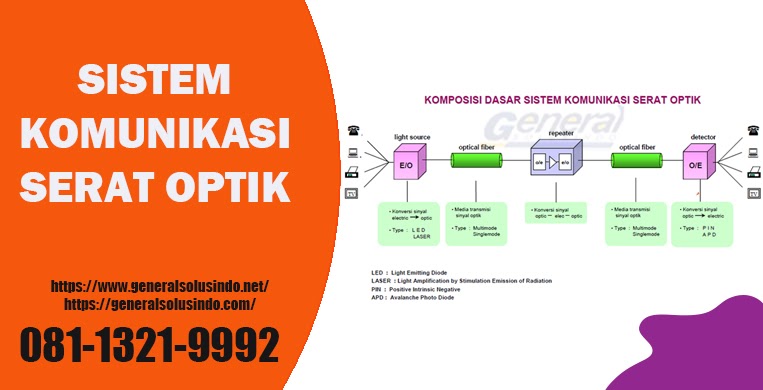


Offsite Altaro Backup Server via Internet/WAN.Internal hard drives (recommended only for evaluation purposes).USB external drives and flash drives eSata external drives.Altaro also provides direct offsite backups to Azure by supporting Microsoft Azure Cloud Storage, and direct integration with Amazon S3 and Wasabi cloud storage. You can configure multiple offsite copies and store a fourth copy of your data on yet another site or cloud storage benefitting from direct integration to MS Azure, Amazon S3 and Wasabi cloud storage.Īltaro VM Backup facilitates standard 3-2-1 backup – and adds to it (hence: 3-2-1+) – by supporting multiple backup media types, and by supporting offsite backups over WAN, Internet, LAN and a local connection. This is where most others stop, but safe is never safe enough, and we take this very seriously: This is why Altaro VM Backup adds that plus. You can choose to store your offsite copies using drive-swapping, or directly on Cloud Storage, or alternatively to an Altaro Offsite Server on a secondary site. That's where the third, offsite copy comes in: As long as this offsite copy is synced regularly – and therefore contains up-to-date copies of your data – your risks of data loss are greatly reduced should anything at all happen to all your onsite copies. By applying this rule, you ensure that data can be recovered in almost any failure scenario. Store two (2) backup copies on different storage media. However, what if something goes wrong that affects both production data and primary backup data copies of your onsite data such as fire, flooding or even theft? The 3-2-1 backup rule refers to a tried-and-tested approach to data retention and storage: Keep at least three (3) copies of data. Use different storage types for both data sets – for example, store one on an internal hard disk drive and another on a different storage device or server, such as an external hard disk or flash drive, NAS device, file server network share and so on. You can only recover data from an earlier time if you. Data backup requires the copying and archiving of computer data to make it accessible in case of data corruption or deletion. It is important to always have an onsite copy of your primary data on another medium or device as if there is a failure on one of the devices, then the other is easily accessible with all the data intact. Data backup and recovery is the process of backing up your data in the event of a loss and setting up secure systems that allow you to recover your data as a result.


 0 kommentar(er)
0 kommentar(er)
